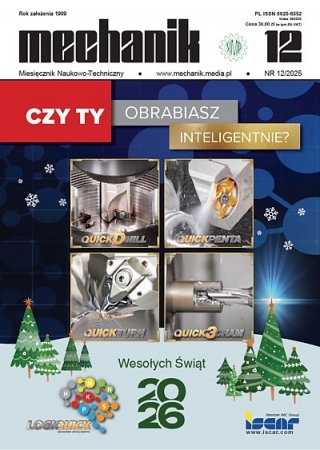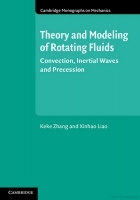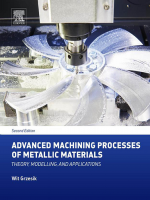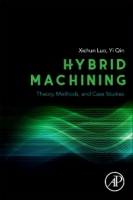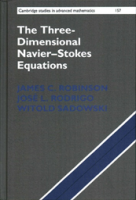Analiza aerodynamiczna przedniego skrzydła bolidu Formuły Student *
The analysis of Formula Student race car’s front wing aerodynamics
Author: Karolina Żuk
Mechanik nr 12/2018 - CAD/CAM/CAE
STRESZCZENIE: Studenckie Koło Naukowe PolSl Racing w sezonie 2018 zaprezentuje nowy samochód wyścigowy z pakietem aerodynamicznym rozbudowanym o przednie oraz tylne skrzydło. Przedstawiono proces projektowania i optymalizacji geometrii przedniego skrzydła nowego bolidu. W analizach użyto narzędzia obliczeniowej mechaniki płynów (CFD). Analiza dwuwymiarowa skrzydła złożonego z dwóch profili pozwoliła na odrzucenie niespełniających wymagań wariantów geometrii. Jej optymalizacji dokonano z użyciem narzędzi optymalizacji algorytmami genetycznymi dostępnych w programie Ansys 18.1. Następnym krokiem było dodanie do geometrii drugiego profilu dodatkowego, zamodelowanie i zoptymalizowanie geometrii dwuwymiarowej skrzydła składającego się z trzech płatów. Analizę trójwymiarową przeprowadzono dla jednego, najlepszego ustawienia profili (wybranego w poprzednim kroku), do którego dodano obracające się koło. Jej celem było sprawdzenie zachowania strugi na całej rozpiętości skrzydła, dobranie odpowiedniej geometrii płyty końcowej oraz zamodelowanie całej geometrii przodu bolidu.
SŁOWA KLUCZOWE: przednie skrzydło, Formuła Student, optymalizacja, algorytmy genetyczne, aerodynamika, CFD
ABSTRACT: SKN PolSl Racing in the season of 2018 will present a new racing car. One of the changes, comparing to the old car, is development of the aerodynamics and adding front and rear wing. In the herein engineering project is presented the design process of front wing for the car. The analysis was performed with CFD process. Two-dimensional analysis of wing geometry consisting of two airfoils allowed us to reject few variants of geometry which haven’t fulfill the requirements. The optimization of this analysis was performed by using genetic algorithm methods from Ansys 18.1 software. Next step was a two-dimensional analysis and optimization of geometry consisting of three airfoils. The three-dimensional analysis were performed for the best airfoil geometry with added rotating wheel to it selected in previous step. They were processed to examine air stream behavior alongside the wing and for selecting optimal endplate and modelling the geometry of car’s front.
KEYWORDS: front wing, Formula Student, optimization, genetic algorithms, aerodynamics, CFD
BIBLIOGRAFIA / BIBLIOGRAPHY:
- Buratti T.M. “Top-fuel dragster wing design using CFX and its influence on vehicle dynamic performance”. Oklahoma State University, 1995.
- Preethi Nair. “MAAE 4907 Formula Student Aerodynamics”. Carleton University, 2014–2015.
- Dahlberg H. “Aerodynamic development of Formula Student race car”. KTH Royal Institute of Technology.
- Baza danych profili płatów: http://airfoiltools.com/ (dostęp: 03.09.2018).
- StatSoft Electronic Statistics Textbook: https://www.statsoft.pl/textbook/stathome_stat.html?https%3A%2F%2Fwww.statsoft.pl%2Ftextbook%2Fstexdes.html (dostęp: 07.09.2018).
- Pomoc programu “Ansys: Ansys 18.1 Help”.
- Wróblewski W., Dykas S., Bochon K., Rulik S. “Optimization of the tip seal with a honeycomb land in the LP counter rotating gas turbine engine”. Politechnika Śląska, 2010.
- Mitsuo Gen, Runwei Cheng, Lin Lin. “Network Models and Optimization: Multiobjective Genetic Algorithm Approach”. Springer, 2008.



